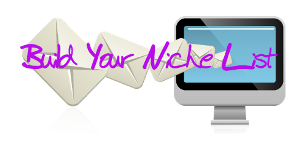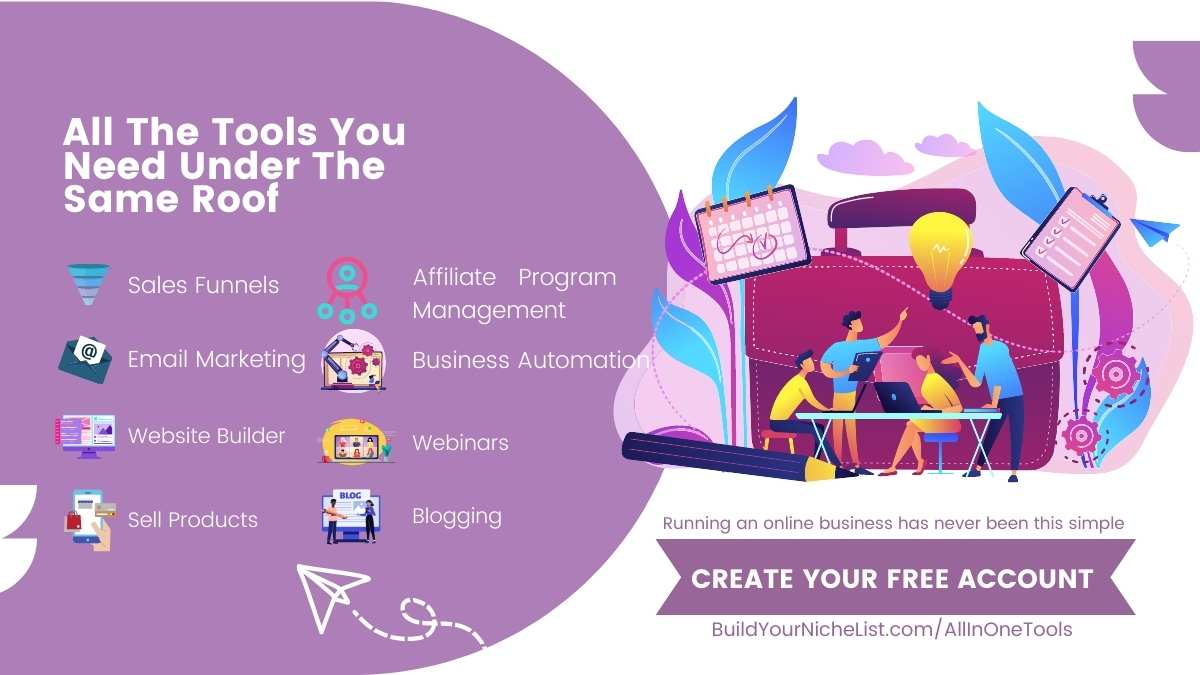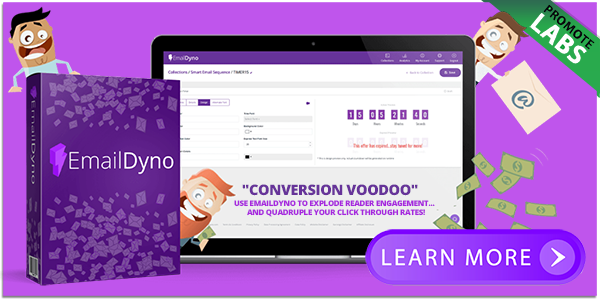According to a recent study, which examined a huge swath of literature on Small and…
The Anatomy Of A Winning Email That Your Subscribers Will Actually Open
[ad_1]
 Right now, one of THE best ways to connect with your audience, is to have a weekly newsletter. This newsletter goes directly into their personal email boxes, where you get to essentially connect with readers 1 on 1. Don’t let this precious opportunity pass! You NEED a newsletter that your subscribers open and read.
Right now, one of THE best ways to connect with your audience, is to have a weekly newsletter. This newsletter goes directly into their personal email boxes, where you get to essentially connect with readers 1 on 1. Don’t let this precious opportunity pass! You NEED a newsletter that your subscribers open and read.
Today we’re talking all about the anatomy of a winning email.
An email is made up of many parts; the subject line, the opener, the call-to-action and the P.S. Each of these sections are important as they can affect how well your message is received by your subscribers.
Subject line
The subject line is what your subscribers see in their inbox before they even click open your emails. It’s what most email marketers obsess about. If you don’t have a good subject line your email will not get opened. The subject line is where your subscribers get their first impression. It’s your hook. In fact, think of it as mini-billboard or newspaper headline.
Your subject line should be:
- Descriptive and upfront. It should tell subscribers immediately what the email is about.
- It should arouse the curiosity of the reader so they want to open it.
- You want it to be personalized with your company’s persona as well as your individual personality.
- Professionally crafted. Make sure it’s free of grammatical and punctuation errors.
- Keep it short and clear.
Opener
The opener is the beginning of the email. Once they’ve opened your email, your opener is what sets the tone for the main part of the email. In the first few words they read, your subscriber is making a judgment about you and what you want. It determines whether they will continue to read or click away.
You want to make it personal but still professional. Use the person’s name if you know it. If not, then use “Hi” instead of some generic business greeting. This is your chance to build a relationship with that subscriber.
Call-to-Action
The call-to-action is, most likely, the reason you emailed in the first place. It tells them what you want them to do right now in order to take advantage of your offer. It should include a clickable link that takes them to the payment page.
- Avoid using “Click Here,” even though it does tell your subscriber what you want them to do, because it doesn’t tell them why you want them to click here.
- Don’t bury your call-to-action. Keep your body copy concise and to the point. You can use snippets of text with links if you have a lot to say in your email. Keep the layout simple since many people scan through emails. A simple layout makes it easier for subscribers to see and act on your call-to-action.
- Include your call-to-action in the body, preferably in two or three spots as well as in the P.S.
- A call-to-action can be images, brand names, logos or large, bold text.
The P.S.
The postscript, which is abbreviated to P.S., is a sentence or two that’s added after the main body and your signature. This is another area you can include your call-to-action. The P.S. contains your last thoughts.
- Use your P.S. as bait, with the clickable link as a hook, to stress the main selling point again from a different angle.
- The P.S. can be used to create a sense of urgency.
- The P.S. is a last effort to get personal.
- Use the P.S. to introduce a bonus.
- The P.S. is a great place to give testimonials.
That’s the four different parts of an email that you should be paying close attention to. These are the areas that you want to grab your subscriber’s attention and to get them into your marketing funnel.
How to Craft Emails that Sell
You have an email list. You know that the money is in the list. You’ve learned what different types of content your subscribers want. Now you need to know how craft those emails so they will sell.
You have to hold the reader’s attention in order to get them to the call-to-action. Remember email is about building relationships and trust, and entertaining your audience.
Remember these 9 points when crafting your email:
- Be authentic. You are unique. No one else is like you and you shouldn’t try to be someone else for your business. Be yourself.
- Speak directly to your subscribers as individuals. Every email should be directed to an audience of one. It’s your perfect, ideal client.
- Over-deliver / under-promise. Give more and ask for less in return. Make your customers feel like you’ve given them more than necessary.
- Engage and be available – be human. Engage your audience by responding to their questions, thanking them for their testimonials and providing relevant and informative content that moves them.
- Show them, don’t tell them. Give proof with videos, testimonials or real life stories showing how your product is being used.
- Write in a natural way. In other words, write the way you talk.
- Don’t use verbs like “to be.” Use power verbs instead such as created, designed, executed and so forth.
- Create a story or movie with your words instead of a long boring message filled with statistics or confusing jargon.
- Show off your personality. Let customers see your flamboyant side, dry humor, or offbeat personality in the way your write and speak to them.
The most important thing to remember when crafting an email that sells, is that you are building a trusting relationship with your subscribers. When you do that, you generate word of mouth references that continue to grow your mailing list, which is my ultimate goal.
Do you have a newsletter? If so, what ways have you found to get the most eyes on your letter?
Please share in the comments below!


[ad_1]





